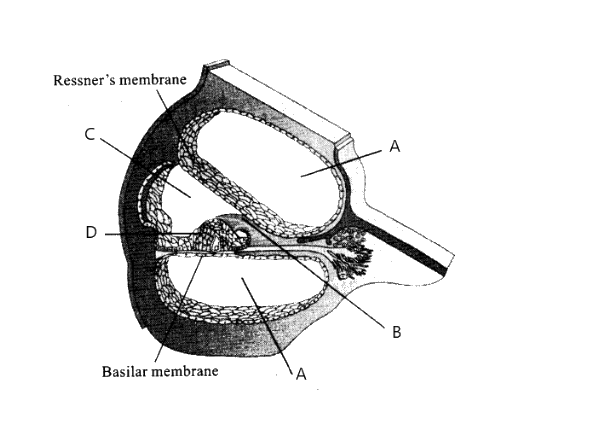Given below is a diagrammatic cross section of a single loop of human cochlea
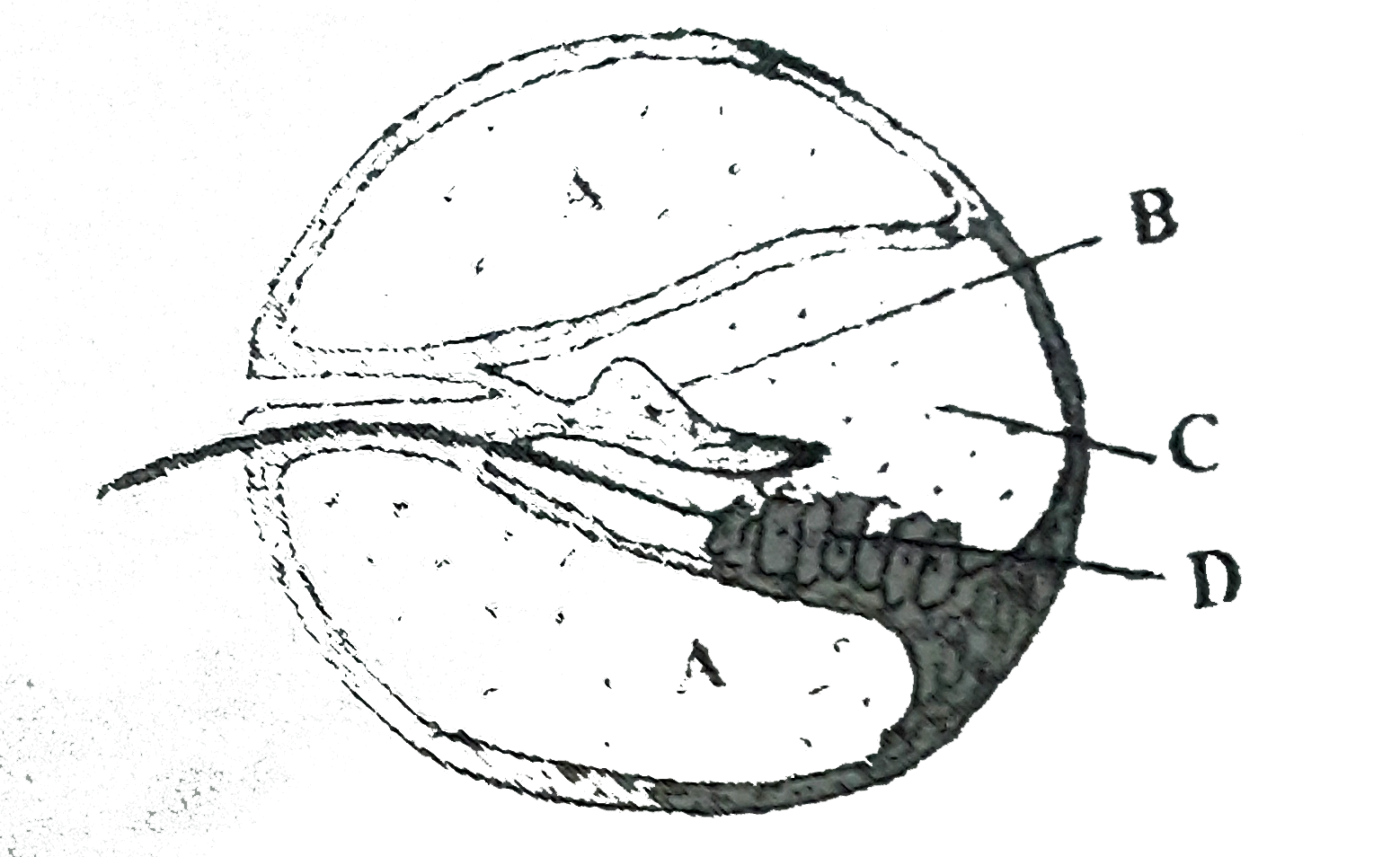
Which one of the following options correctly represents the names of three different parts
A
B-Tectorial membrane, C- Perilymph, D-Secretory cells
B
C-Endolymph, D-Sensory hair cells, A-Serum
C
D-Sensory hair cells, A-Endolymph, B-Tectorial membrane
D
A-Perilymph, B-Tectorial membrane, C-Endolymph
Video Solution
Text Solution
The correct Answer is:D
Cohlea is the main hearingorgan, which is connected with saccule by short ductus reunions leading from the saccule. It consists of three fluid filled chambers or canals the upper scala vestibuil, lower scala tympain and middle scala media. Both scala vestibuili and scala tympain are filled with perilymph (A) while scala media is filled with endolymph. (C ) The tectorial membrane (B) overhangs the sensory hair in scala media.

|
Updated on:21/07/2023
Topper's Solved these Questions
Similar Questions
Knowledge Check
- Question 1 - Select One
A diagrammatic cross section of a single loop of human cochlea is shown in the given figure.
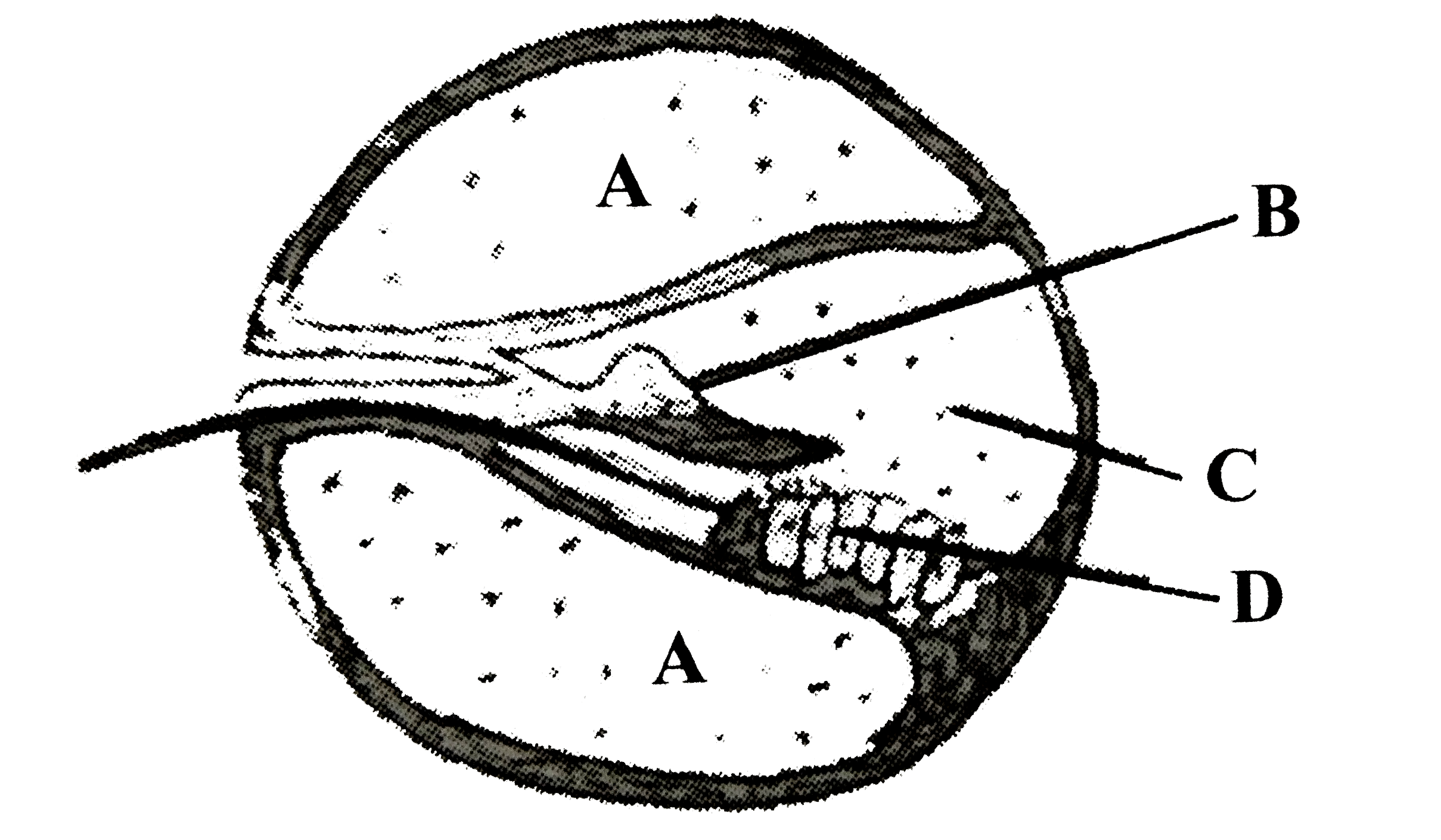
Which one of the following options correctly represents the names of any three of the labelled parts ?AA-endolymph, B-techorial membrane, D-sensory hair cellsBA-perilymph, B-techorial membrane, C-endolymphCB-tectorial membrane, C-perilymph, D-secretory cellsDA-serum, C-endolymph, D-sensory hari cells - Question 2 - Select One
Which one of the following correctly represents the normal adult human formula:
A33,11,32,11B22,11,32,33C22,11,22,33D33,11,33,33 - Question 3 - Select One
Which of the following options are correctly represents the type of life cycle patterns given below.
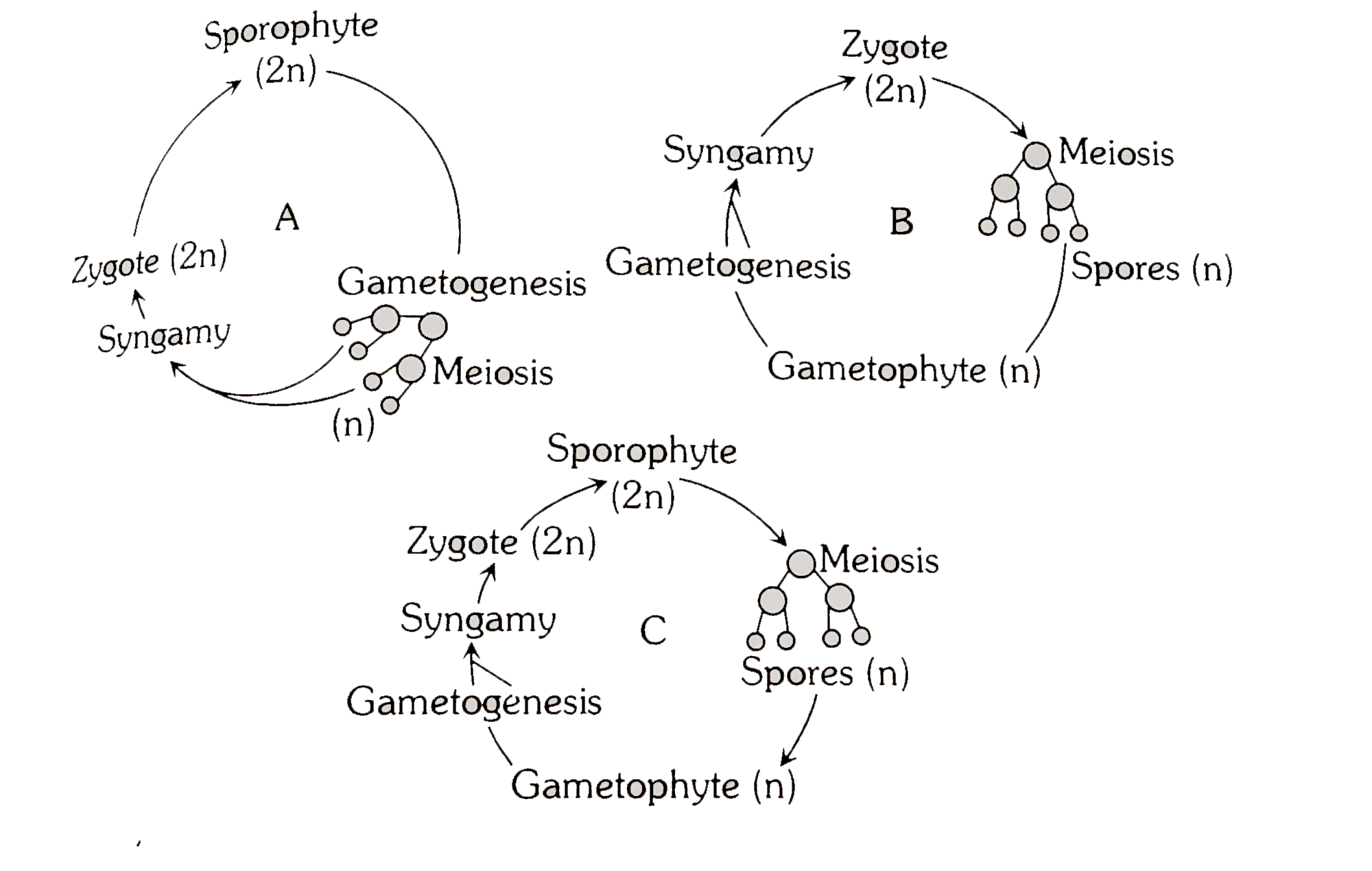 AA-Diplontic,B-Haplontic,C-HapoldiplonticBA-Haplontic,B-Diplontic,C-HaplodiplonticCA-Haplodiplontic,C-DipolnticDA-Diplontic,B-Haplodiplontic,C-Haplontic
AA-Diplontic,B-Haplontic,C-HapoldiplonticBA-Haplontic,B-Diplontic,C-HaplodiplonticCA-Haplodiplontic,C-DipolnticDA-Diplontic,B-Haplodiplontic,C-Haplontic
Which of the given options correctly represents the Parent acid and base of Calcium Carbonate?
 View Solution
View SolutionWhich of the given options correctly represents the Parent acid and base of Calcium carbonate ?
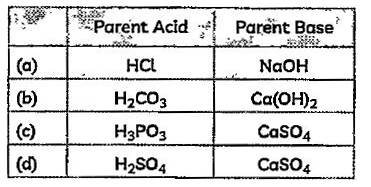 View Solution
View SolutionGiven below is a diagrammatic sketch of a portion of human mate reproductive system. Which of the following part contributes to the maximum portion of semen?
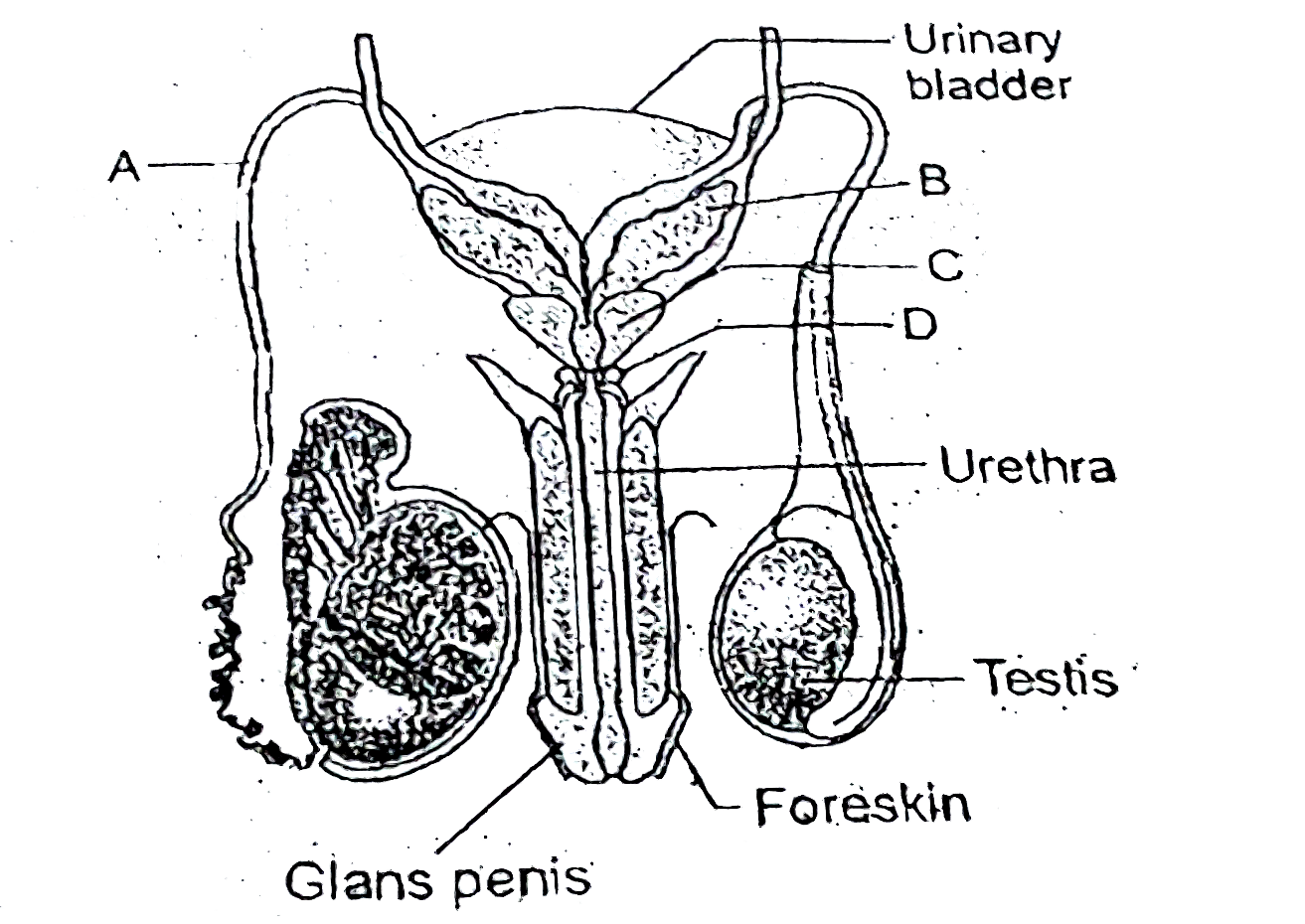 View Solution
View SolutionWhich one of the following correctly represents the normal adult human formula:
View SolutionWhich of the following figures represents the cross section of an OV?
View Solution


